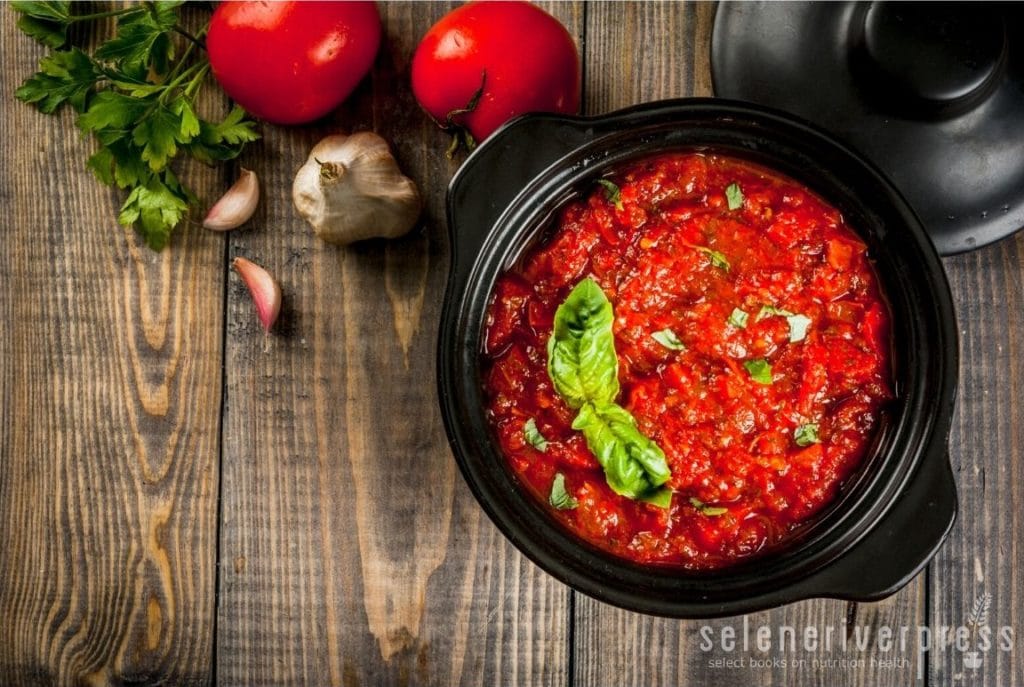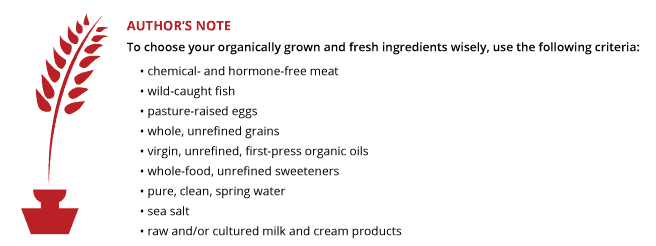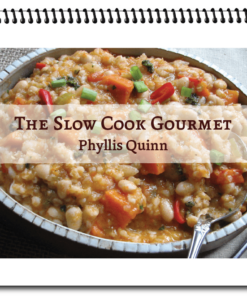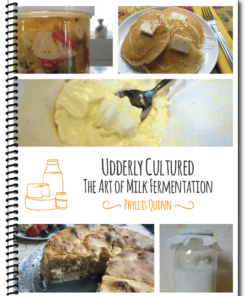This post is about a treasured recipe: the best pomodoro sauce ever! Pomodoro translates to “golden apple,” although we know it is the Italian word for tomato. This sauce, which is everywhere, really is the golden apple of Italy. (Word origins do fascinate me.)
My family has enjoyed this recipe for generations on traditionally lazy “Sunday gravy” afternoons. I remember as if it were yesterday how the kids in the neighborhood, growing hungry as the day wore on, would sing out, “Is the pasta done yet?” Even so, it has taken me years to write about it. A friend of a friend asked for this recipe, and I’m glad she did. (Thank you, Christine.)
This sauce has a history. If you were lucky enough to attend a French or American culinary school back in the day, you’d know that there are five basic European “mother” sauces. They are this because dozens more sauces are “born” out of them. You might think that red or tomato sauce is not one of these mother sauces, but you’d be wrong—it is!
At the risk of sounding too technical, here’s some insight into the five basic sauces. Each sauce has a different base and a different method to make it. No two are alike, although more than one can be transformed into something else. For example, hollandaise (mayonnaise), is a mother sauce that you can make into a secondary sauce called Béarnaise. (But that, as I am fond of saying, is the makings of another post.)
Some people think sauces are too complicated and too much trouble to make—usually because they’ve never tried making one. Just like anything else, it looks hard until you try it, and it gets easier the more you do it.
In places known for longevity, it’s generally understood that the secret to a long and life is a healthy, balanced diet. And the Mediterranean diet is definitely that! Regions dot the globe where people enjoy good health way into their 90s and often even their 100s because they thrive on the Mediterranean diet and lifestyle.
It’s not about cutting out all carbs, both the good and the bad. And it’s not about only eating meat, fish, and seafood (although they are eaten regularly). It’s more about filling your body with colorful foods from the whole spectrum of protein, fat, and carbohydrates—whole foods that nourish and feed the body and mind. Even wine is allowed, since many cultures consider wine a food.
As I often note in my column, people are amazed that good food doesn’t have to be complicated or laborious. Thankfully, you’ll like the fact that this sauce is one-pot easy.
Salsa al Pomodoro (Tomato Sauce)
Chef’s note: The aroma of garlic sautéing in olive oil is mesmerizing for Italians and mouthwatering for everyone else. To make this a meat sauce, you may add meatballs, pork neck bones, Italian sausages, and/or brasciole (rolled filled beef steak) with great results.
Leftover sauce freezes well in pint or quart containers and will keep for months. Enjoy an Italian tradition on me.
Ingredients
3 tablespoons olive oil
3 tablespoons butter (alternately, omit the butter and use 3 more tablespoons olive oil)
1 small onion, diced finely
3–4 fat whole garlic cloves (minced if you do not wish to remove whole cloves after sautéing)
2 (14 oz.) cans fire-roasted petite-diced organic tomatoes
1 (28 oz.) can San Martino plum tomatoes (preferably Italian)
½ cup water (to rinse out the cans)
½ –1 can tomato paste
1 teaspoon each sea salt and black pepper
½ teaspoon red pepper flakes
1 scant tablespoon Italian seasonings, or to taste (basil, fennel, oregano, and thyme mix)
½–¾ cup red dry wine
Instructions
- Heat olive oil and butter (if using) in a large stainless-steel pot. Add onion and garlic. Sauté until tender but still transparent (do not let the garlic burn or it will be bitter).
- Add all of the tomatoes and let them cook 15 minutes, stirring often. Add half the tomato paste (add more for a thicker sauce). Add the seasonings and taste.
- Add wine. Lower the heat to barely a simmer. Cover pot halfway to allow the steam to escape (steam will make your sauce watery). Cook for about 1 hour, stirring occasionally.’
Image from iStock/Rimma_Bondarenko.
 Get self-health education, nutrition resources, and a FREE copy of A Terrible Ten: Health Foods That Ain't ebook.
Get self-health education, nutrition resources, and a FREE copy of A Terrible Ten: Health Foods That Ain't ebook.



